Ranking potential Pac-12 expansion schools' fits in the conference
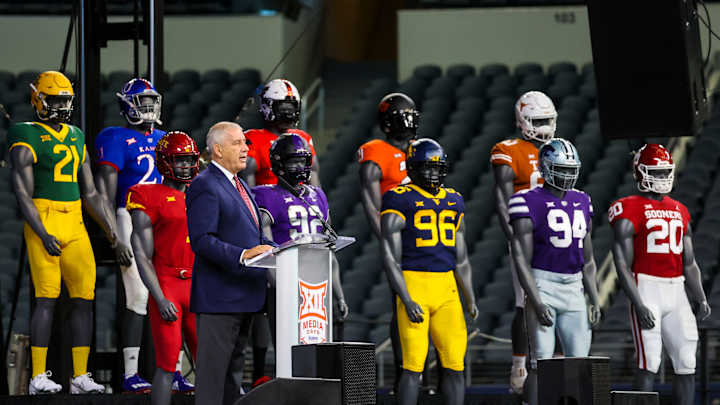
This post was updated July 27 at 10:23 a.m.
Realignment always brings out the chaos in college sports, and that's certainly been the case over the past week.
There are a lot of moving parts in this whole process, starting with Texas and Oklahoma's impending move from the Big 12 to the SEC. Those moves have sparked a fire, and there are daily reports, discussions and rumors flying around about what each respective conference is going to do next.
The Pac-12's role in everything is up in the air, with commissioner George Kilavkoff making several statements disregarding expansion, all without fully closing the door on the matter. Other options besides expansion have been thrown out there too, including a Big 12/Pac-12 20-team mega conference and even UCLA joining the Big Ten alongside its in-state rivals USC, Stanford and California.
If the solution is for the Pac-12 to expand to try and get to 14 or 16 teams, here are the ones that stand the best chance to join the party out west.
10. Boise State
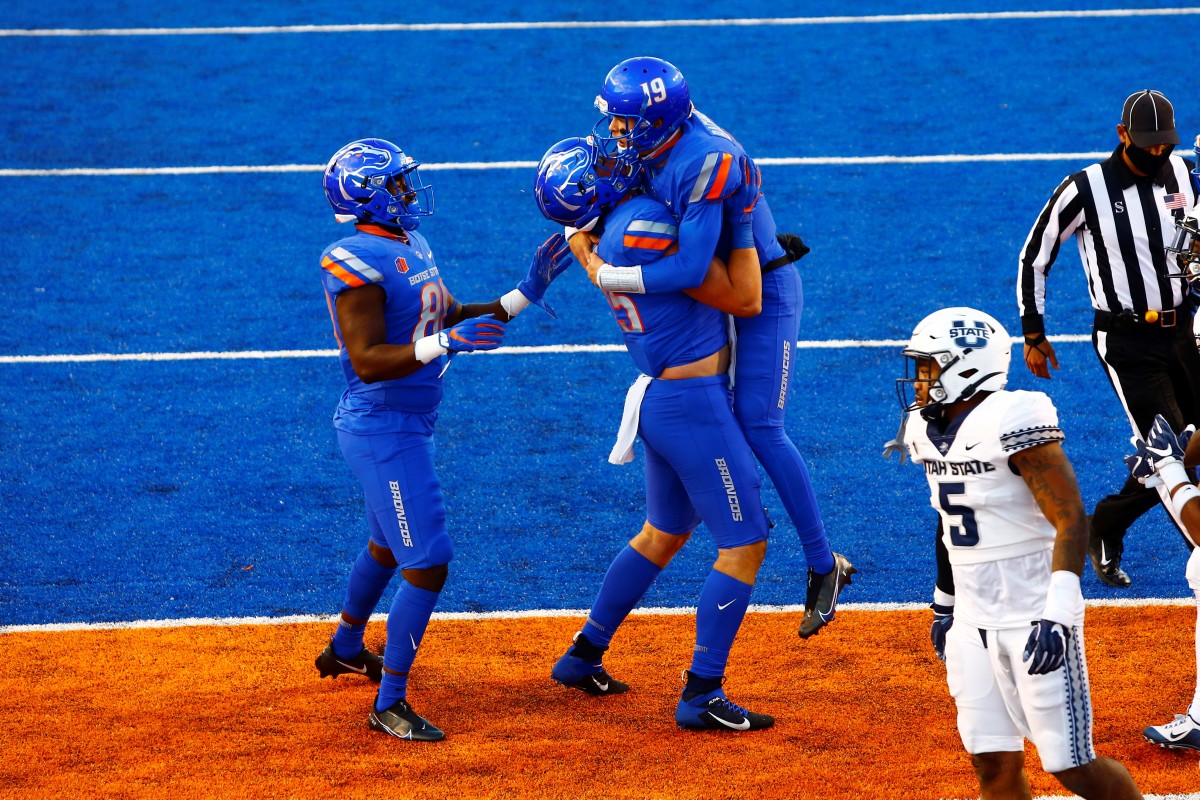
The Pac-12 has several barriers to entry. Green football fields should be one of them.
Aside from the blinding blue turf up in Boise, Idaho, there isn't much the Broncos bring to the table. They've had a few seasons of Group of Five magic – most notably its 2006, 2009 and 2014 Fiesta Bowl campaigns – but the finances and rest of the full picture don't make a lot of sense for the Pac-12.
According to USA Today's NCAA Finances database, Boise State made just $50.6 million in the 2018-2019 academic year. That isn't even top-four in the Mountain West.
The Broncos also just aren't nationally competitive or relevant in any other sport. The last two times they made the NCAA women's soccer tournament, for example, they got blown out in the first round by BYU 5-1 in 2019 and UCLA 7-1 in 2009. Neither their men's nor women's basketball teams have won a March Madness game, and no Broncos team has ever won a Division I NCAA team championship.
Boise State also doesn't meet the Pac-12's current requirement of being a Tier 1 research institute, according to the Carnegie Classification of Institutions and Higher Education – a requirement that could be amended, but a roadblock nonetheless.
It's best if the Broncos just sticks in the Mountain West.
9. West Virginia
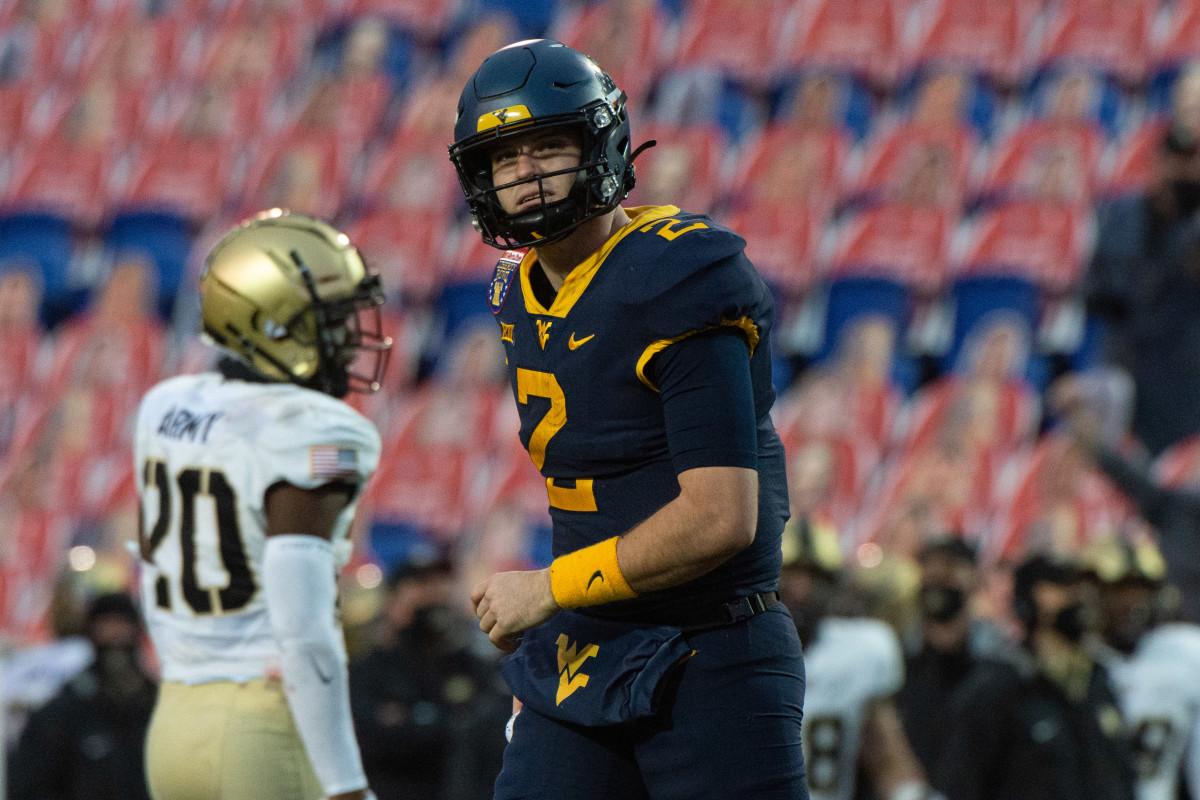
This isn't to spite the Mountaineers as a football team or athletic department as a whole – it's more about geography than anything else.
West Virginia's campus in Morgantown, West Virginia, is located just about 2,500 miles away from UCLA. Take into account the fact that there isn't a commercial flight that goes directly from Los Angeles to anywhere in West Virginia, and adding the Mountaineers to the mix would turn travel days into a living hell for the non-revenue sports that don't have their own planes.
There are some solid benefits that West Virginia boasts – it has decent revenues for a Power Five department and is competitive in both football and men's basketball.
However, since Morgantown is such a small market, the glaring cons pile up and don't justify the headache is would cause in travel and scheduling.
8. Kansas State
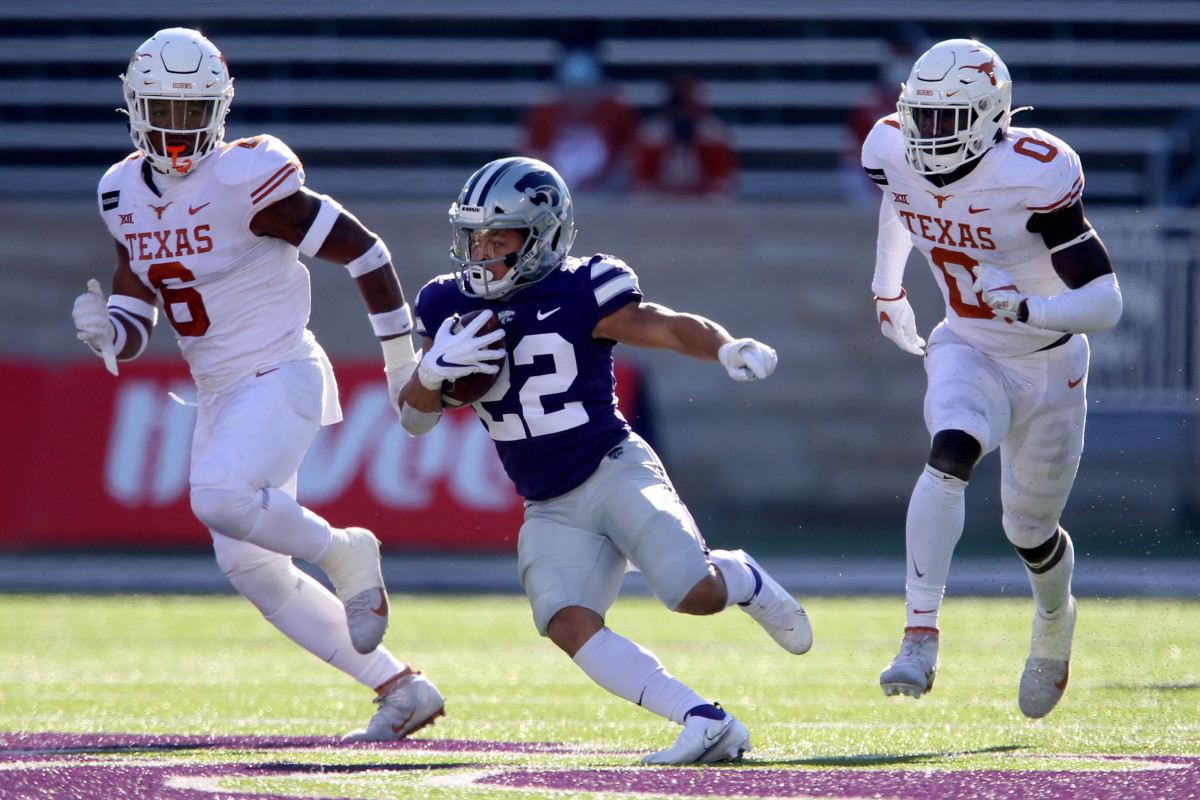
If Kansas State was located in a different Manhattan, maybe they'd be a better fit for the Pac-12.
Media markets aren't everything, especially in this modern era of streaming, but they can certainly hold some schools back.
The Wildcats had the least revenue of any Big 12 athletic department during the 2018-2019 school year, at least among those whose numbers were released, considering Baylor and TCU are private institutions that don't have to disclose their figures.
Making a bowl in nine of 10 seasons from 2010-2019 is an impressive feat, especially when two of them were New Years Six Bowls. It's even more impressive that they've had the same coach, Bill Snyder, for all but three seasons since 1989.
That isn't enough to fit into the Pac-12, though, and they seem more primed to join the Mountain West or AAC instead, assuming the Big 12 dissolves.
7. BYU
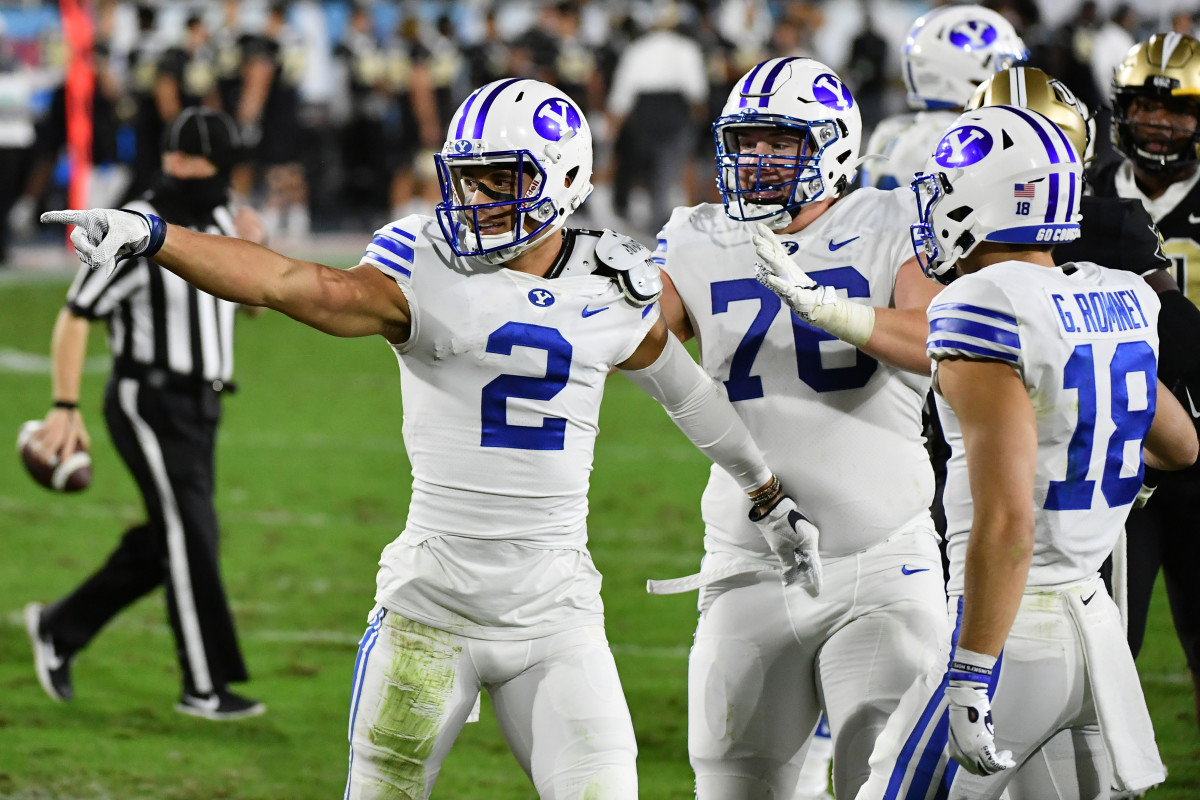
There's always something holding BYU back from making it big time, and most of the time, those reasons are self-imposed.
For one, there's the fact that it's a Mormon school that has a sketchy-at-best track record on many of the progressive issues the Pac-12 proudly supports. BYU also falls into the same boat as Boise State because it isn't a Tier 1 research institute either.
Those are the reasons the Pac-12 elected not to extend the Cougars an invitation during the last realignment cycle, and they did so despite some of the positives BYU has going for it.
The Cougars have made a bowl in 15 of the last 16 seasons and boast insane program stability – they've only had five coaches since 1964, with only one having a tenure shorter than six years. Their men's basketball program also has its moments – Jimmer Freddette, please stand up – and their overall streaming numbers are notoriously solid for a non-Power Five school.
It would be a complicated addition, but there is at least an outside shot.
6. Baylor
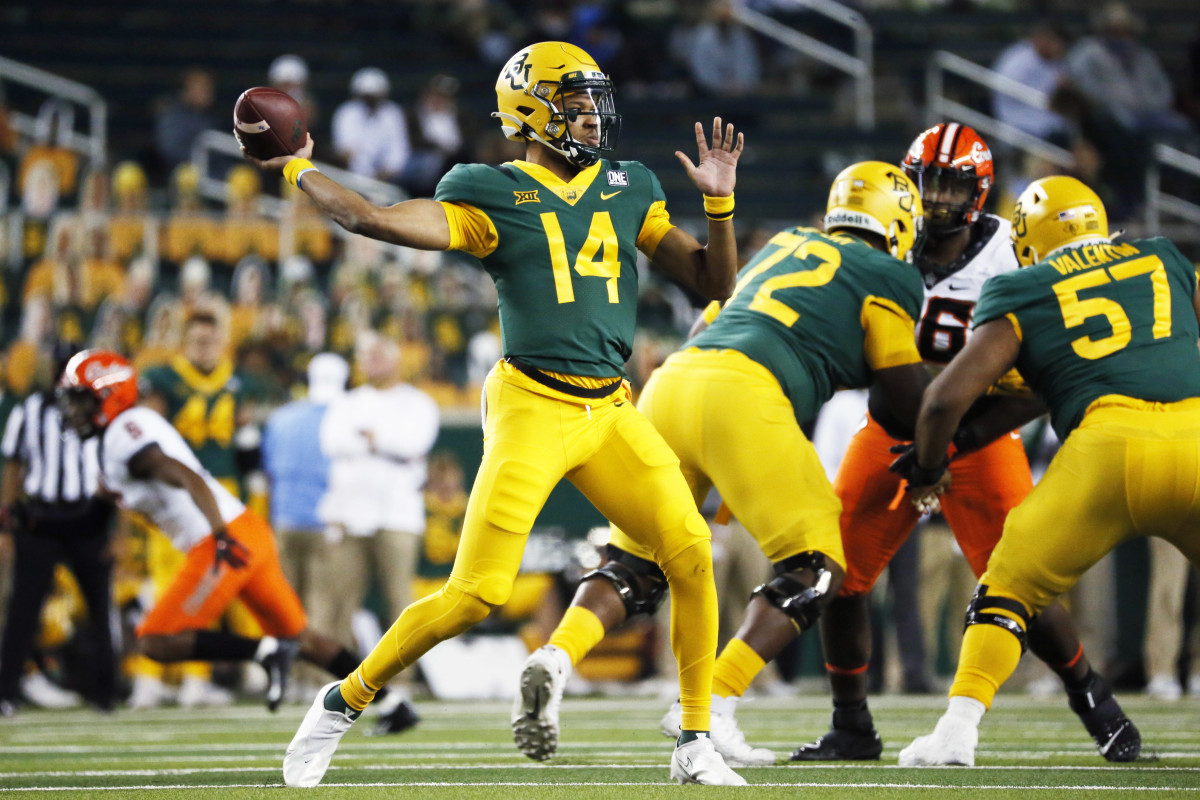
The Bears pose similar issues to the Cougars, but have a higher ceiling in terms of what they could bring to the table.
Baylor is Baptist rather than Mormon, although that comes along with much of the same baggage as BYU. It also isn't a Tier 1 research institution, but again, that requirement could be lifted or exceptions could be made if Kliavkoff really wanted to do so.
Having a school in Texas – albeit, Waco – would help the Pac-12 expand its footprint into a high-stakes recruiting area. The state's football culture is also famously infectious, a boost the conference could really use right now.
Men's and women's basketball teams that are routinely among the best in the country help make up for the fact that the football team is so hit-or-miss, missing a bowl berth every season from 1995 to 2009 and following up 2019's Sugar Bowl appearance with a 2-7 record in 2020.
There's a chance they come to an agreement with the Pac-12, but a small one.
5. Iowa State
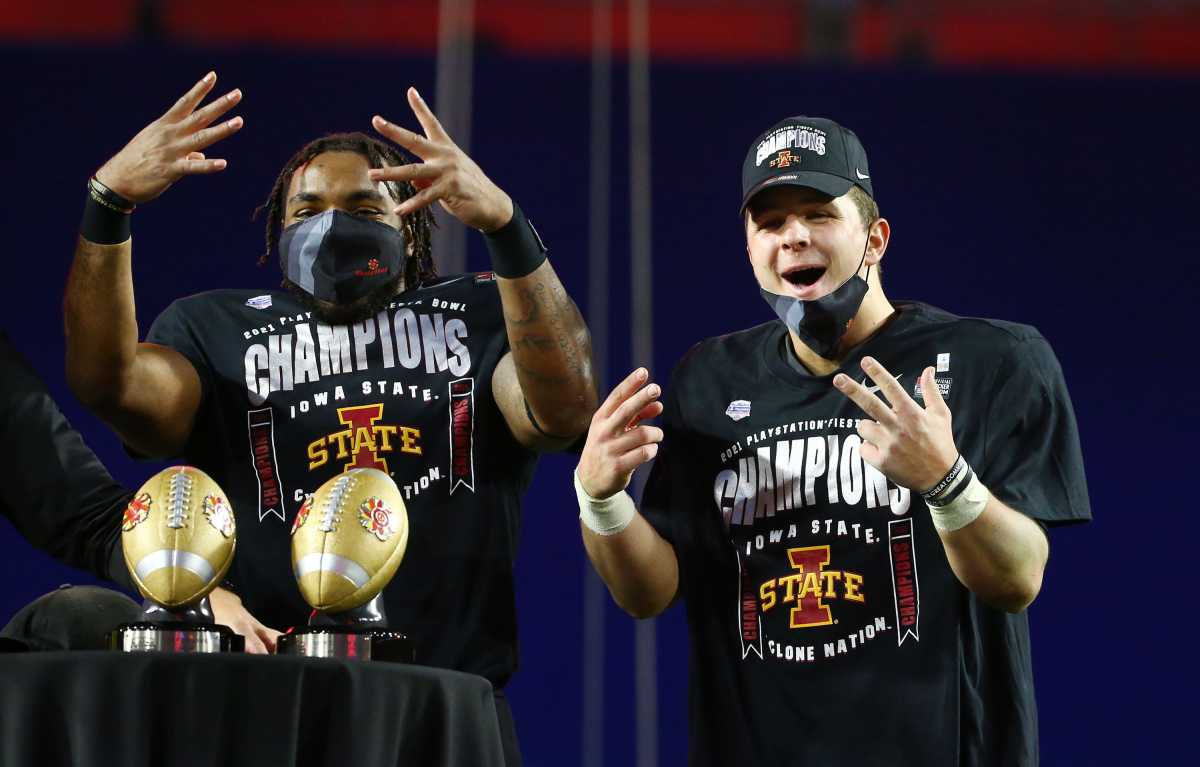
Moving on to the teams without glaring issues in regards to academics or politics, Iowa State's location still makes them a less than ideal addition.
Again, TV markets don't matter in the same way they did back in 2011 when Colorado and Utah joined the Pac-12. On the other hand, difficulties traveling to Ames, Iowa, and the lack of value it would bring to the new media deal is a major red flag, even if athletically, the Cyclones could possibly warrant a spot in this new conference in a vacuum.
The football team won the Fiesta Bowl last season, capping off a streak of four-straight winning seasons for the up and coming coach Matt Campbell. The men's basketball program reached new heights under Fred Hoiberg in the early 2010s, and although they've dropped off over the past two seasons, it's still a viable program.
While Iowa State isn't an ideal add for several reasons, it wouldn't be a horrible one either.
4. TCU
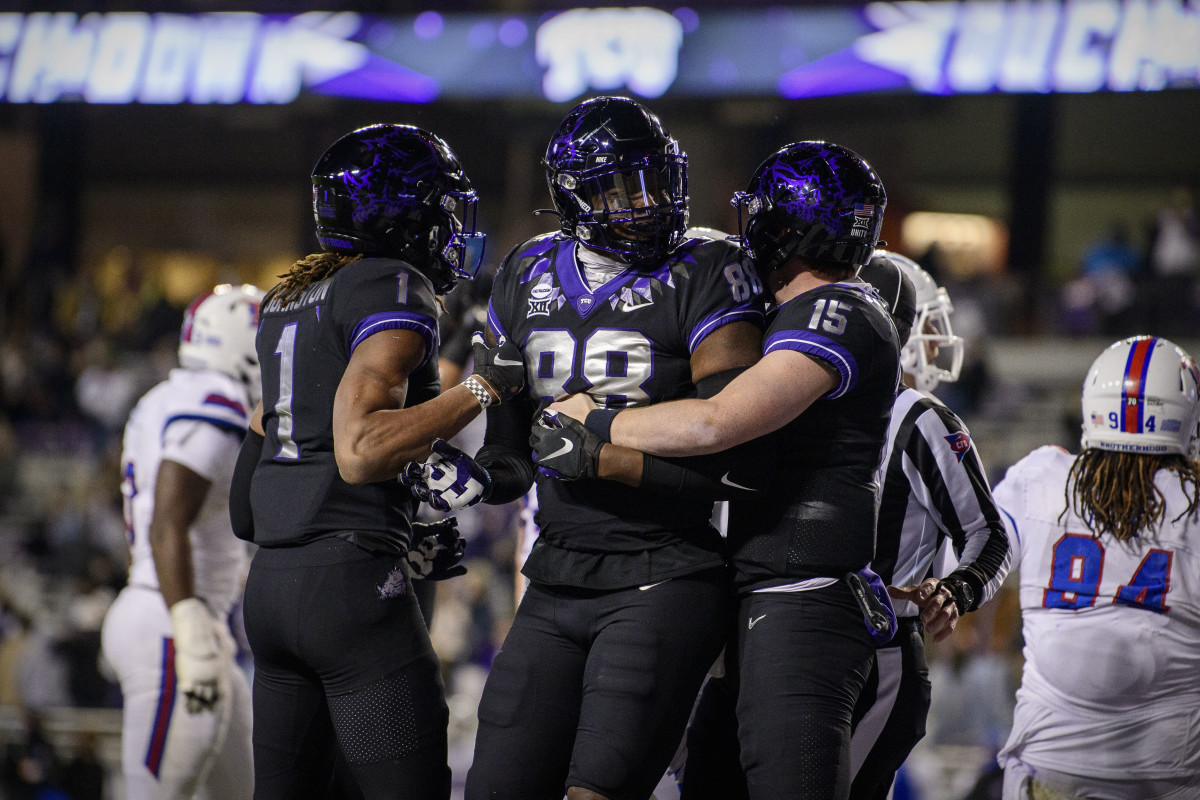
This is where the real contenders begin.
TCU is in Texas, which as mentioned before, would be a massive addition to the Pac-12 footprint. The Horned Frogs' lack of success on the court – three men's March Madness appearances since 1971 – can be more than made up for by their 12 double-digit win seasons on the gridiron over the past 21 years.
Gary Patterson has made TCU a football powerhouse in those two decades, winning in each of the three conferences he was a part of across those years. TCU also has the benefit of being in the Dallas-Forth Worth metro area, which would immediately make it one of the biggest media markets in the Pac-12.
Even the religious school aspect isn't as damaging as it is with Baylor or BYU since TCU is a Disciples school that doesn't require religion classes and has generally liberal beliefs that align with the Pac-12.
The fact that their finances aren't public, in addition to a brief 10 years of experience as a Power Five school, may raise some valid questions in deeper discussions. Either way, though, their profile is an attractive one should Kliavkoff and co. look to hit that golden 16-team threshold.
3. Kansas
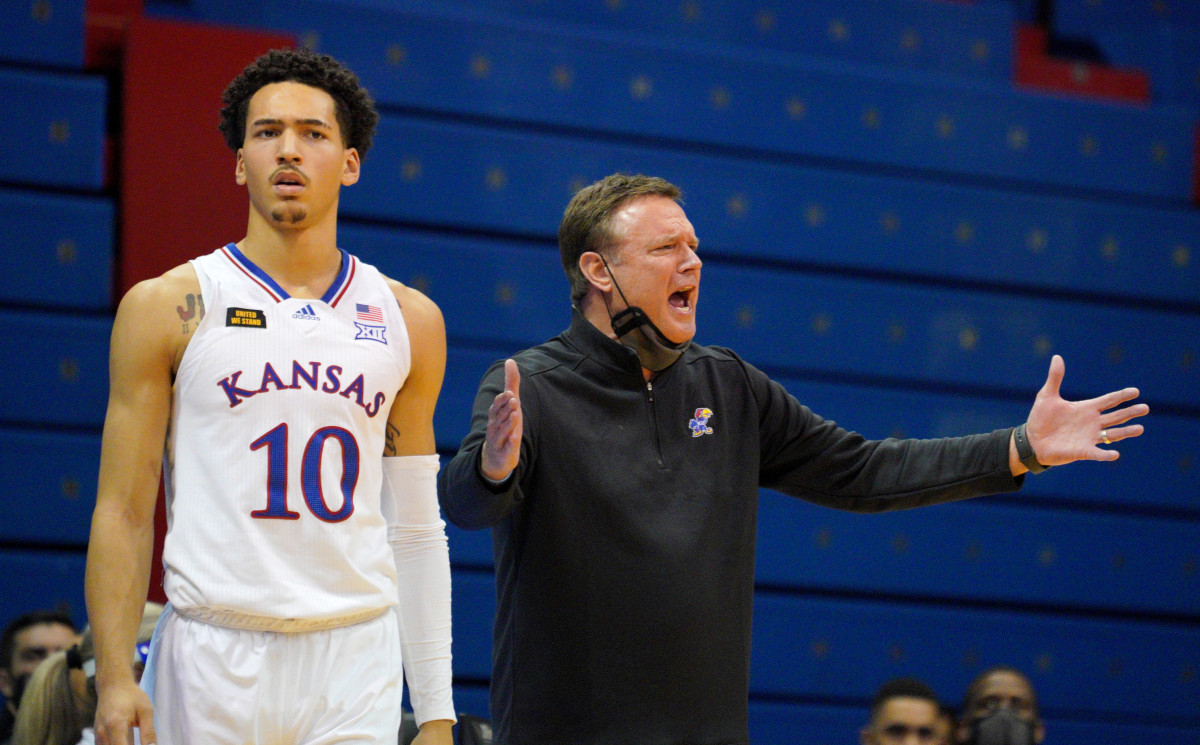
Kansas football didn't have very far to fall, but it still found a way to crater out.
The Jayhawks were fresh off three bowl wins in four years and were well on their way to their fifth-consecutive non-losing season after starting 5-0 in 2009. Since that point, Kansas is 21-106 under five coaches.
That's historically bad, and certainly deserves to be made fun of, but that doesn't mean Kansas has to be avoided at all costs.
Its athletic department hauled in $121.6 million in total revenue in 2018-2019, good for 28th in the country and third in the Big 12 behind only Texas and Oklahoma (again, with the disclaimer that private schools didn't publish their finances). More notably, it made $13.2 million more than UCLA, which finished at No. 35 nationwide.
Kansas has been able to overcome its horrendous football team and tiny Midwestern college town media market in Lawerence, Kansas, to remain a viable brand in the college athletics landscape. Its men's basketball team is right up there with the Bruins, Duke, Kentucky and North Carolina as the true blue bloods miles ahead of the rest.
Anywhere from one to three UCLA-Kansas matchups a year would be a monumental move on the court, and if all else fails, the Jayhawks would be a fun punching bag for the rest of the Pac-12.
2. Oklahoma State
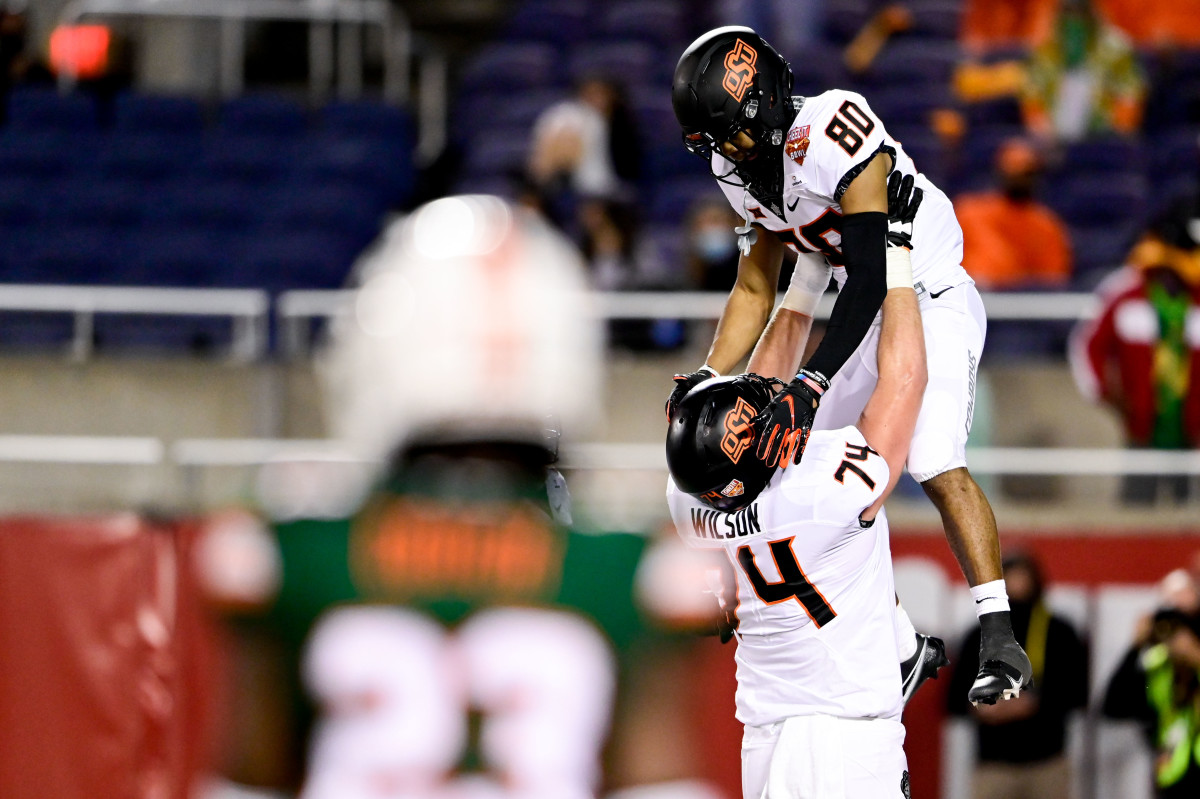
Not every school can say they've put up 15-straight winning seasons in football. Oklahoma State can.
A 63.3% men's March Madness hit rate over the last 30 years isn't bad either, and the Cowgirls basketball squad has made either the NCAA tournament or NIT in 13 of its last 14 opportunities.
While Oklahoma State ranked towards the bottom of the Big 12 with $95.3 million of revenue in 2018-2019, it plays in a football hotbed in Oklahoma. The Sooners will always be the big brother in that relationship, but playing second fiddle in a state where football is so massive is far from the worst fate out there.
One of the biggest things standing in the Cowboys' way in terms of joining the Pac-12 might actually be that the conference would then have two OSUs that wear black and orange.
1. Texas Tech
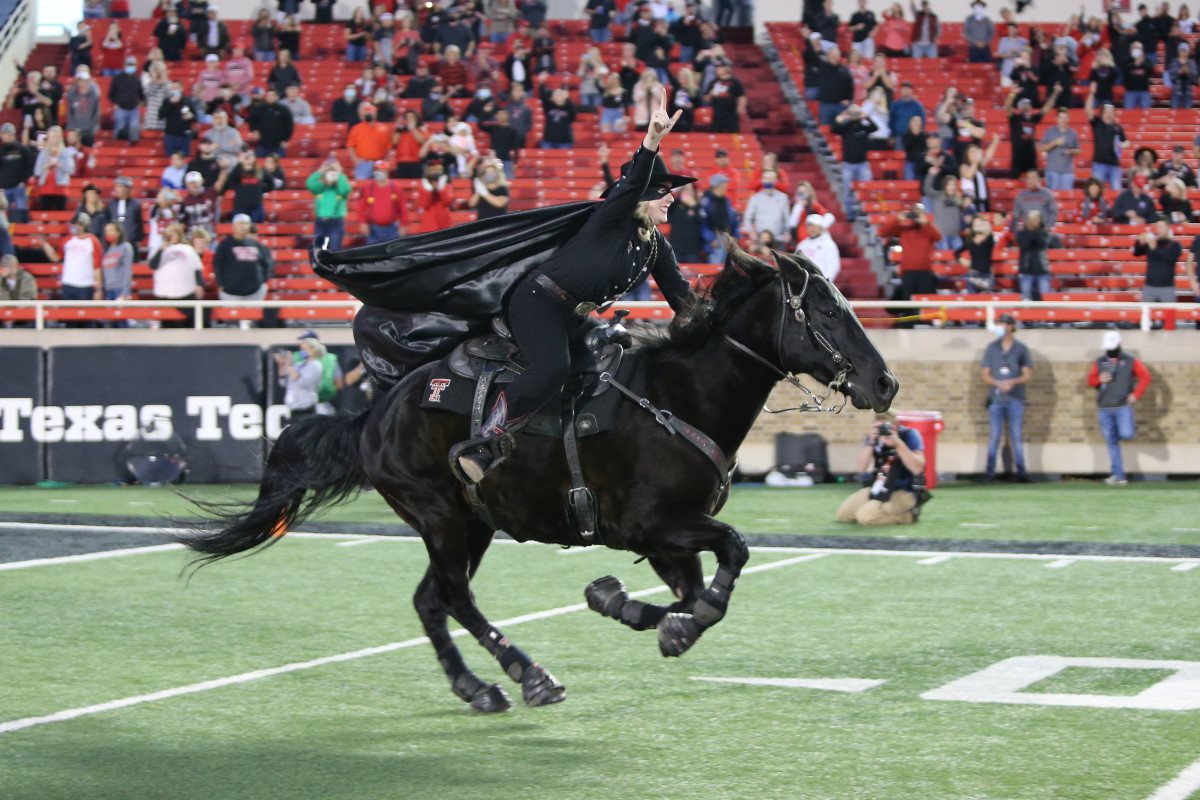
Texas Tech is exactly what the Pac-12 needs moving forward.
Often-competitive and always entertaining football? Check.
A recent appearance in the men's basketball Final Four? Check.
A storied women's basketball program? Check.
A dominant baseball team? Check.
A chance to expand into Texas? Check.
It doesn't matter if the Red Raiders play in Lubbock rather than Dallas, or that their annual revenue is in the middle of the pack for Power Five schools. Everything else is there for the taking in Texas Tech, and it seems like the perfect match if the Pac-12 decides expanding it what's in its best interest.
Follow Connon on Twitter at @SamConnon
Follow All Bruins on Twitter at @SI_AllBruins
Like All Bruins on Facebook at @SI.AllBruins
